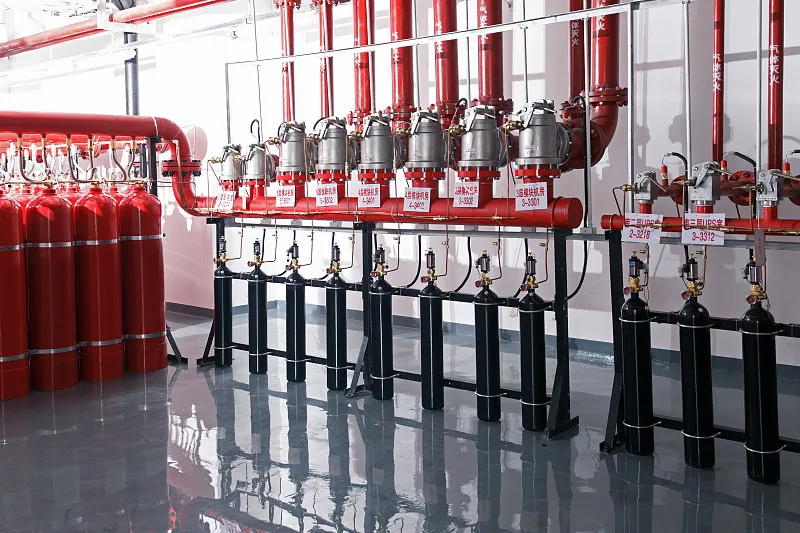fire alarm system types
Fire alarm system types represent crucial safety infrastructure in modern buildings, encompassing various technologies designed to detect and respond to fire emergencies. The main categories include conventional fire alarm systems, addressable fire alarm systems, and wireless fire alarm systems. Conventional systems divide buildings into broad zones, making them ideal for smaller facilities. These systems utilize simple circuitry to connect multiple devices and provide basic fire detection capabilities. Addressable systems offer more sophisticated protection by pinpointing the exact location of triggered devices through individual addressing mechanisms. Each detector and manual call point has a unique identifier, enabling precise identification of fire incidents. Wireless fire alarm systems eliminate the need for extensive wiring, utilizing radio frequency technology to communicate between devices and the control panel. These systems are particularly valuable in historic buildings or locations where wire installation is challenging. Modern fire alarm systems incorporate advanced features such as multi-criteria detection, which combines different sensing technologies to reduce false alarms while maintaining high sensitivity to real fire conditions. They also integrate with building management systems, enabling automated responses such as elevator recalls, HVAC shutdown, and door release mechanisms during emergencies.











